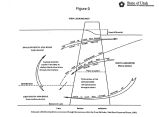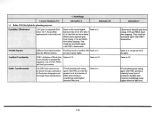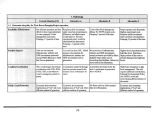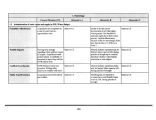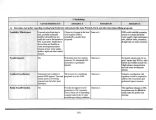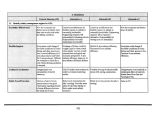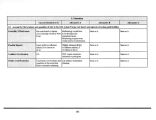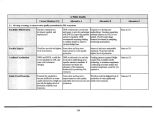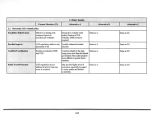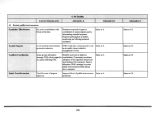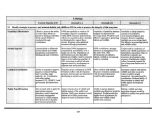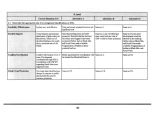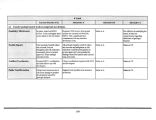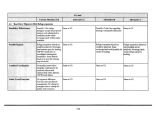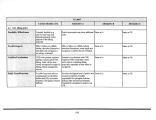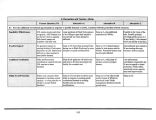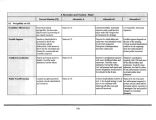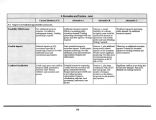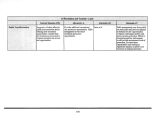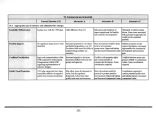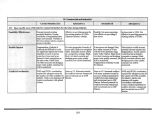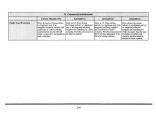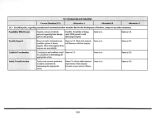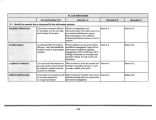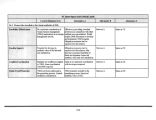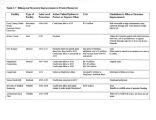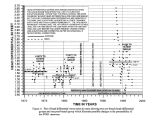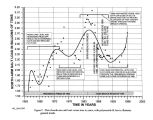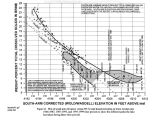| OCR Text |
Show Nutrient enrichment could be responsible for pfiesteria in east coast estuaries, cholera in GSL wetlands and other related issues. There is a strong need to establish a policy that would promote interaction with other land managers and provide a basis for asserting interests on lands the state does not own that may affect the water quality of the lake. A wetland policy should also provide a mechanism to regulate discharge permits and address spill containment and other contamination incidents affecting this ecosystem. The state should work closely with DEQ in developing MOUsfor a wetland policy to more effectively manage the biological resources of the ecosystem. The state should educate the public about the role of wetlands in maintaining and enhancing water quality. Protection of wetlands associated with the lake and its tributaries should also include considering their importance as wildlife habitat. The COE only regulates " jurisdictional wetlands" and already requires mitigation for wetland losses no matter where they occur. The state should consider " no loss of wetland value and function" in the GSL flood plain and its tributaries. The wetland policy under the preferred alternative would pertain to subjects not presently addressed in the federal regulatory framework, e. g., non- jurisdictional wetlands and activities other than placement of fill. The policy would take into account the state wetland management strategy and would set guidelines for mitigation of projects in wetlands on DNR lands. DNR's influence above meander will be limited to review and comment of proposals on other lands. As has been recognized, DNR has initiated several programs to educate the public about values of wetlands and water quality. Several DNR divisions are participating with USU, URMCC, GOPB and others to develop wetland management strategies. The state will consider new strategies to protect wetland value and function below meander line. Considering the entire flood plain and GSL tributaries is beyond the scope of this planning effort, but may be part of future coordination efforts. 3.3 Other water quality topics Faulty application of pollution testing and failure of the Clean Water Act to address water quality concerns. DWQ stated that there is no faulty application of pollution testing and appropriate procedures are followed. Public health impacts from lowered salinity levels or a reduction in water circulation could have dramatic consequences. Sewage pollution and toxic heavy metals released from sediments in Farmington Bay could produce bioavailable metals, large algal blooms and offensive odors. 298 |



























































